
A Strange and Beautiful Plant
Many beautiful, interesting and strange plants live on our planet. One very unusual species is the Socotra Island dragon blood tree, or Dracaena cinnabari. This tree not only has a very distinctive appearance but also releases a red sap, or resin, that is known as dragon’s blood. People have collected and used the resin for many years.
According to legend, the first dragon blood tree was created from the blood of a dragon that was wounded when it fought an elephant. Like the unfortunate dragon, the tree secretes its resin when it’s injured. In ancient times the resin was believed to have magical and medicinal properties. People used it as a pigment for art, a dye and a medicine. Dragon’s blood is still used for these purposes today.
Socotra Island is part of an archipelego off the coast of Yemen and Somalia. A fascinating and unique group of plants and animals live on the islands of the archipelego. Conservation of these organisms is very important for maintaining the Earth’s biodiversity.
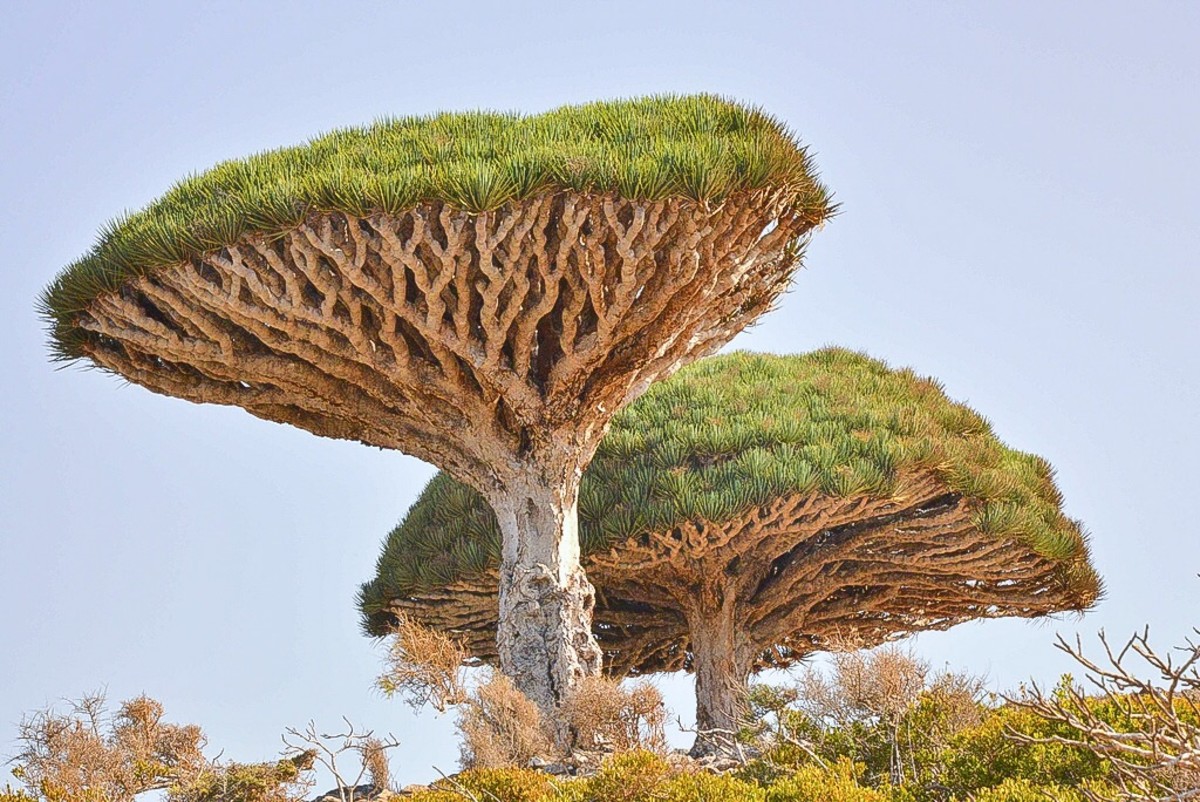
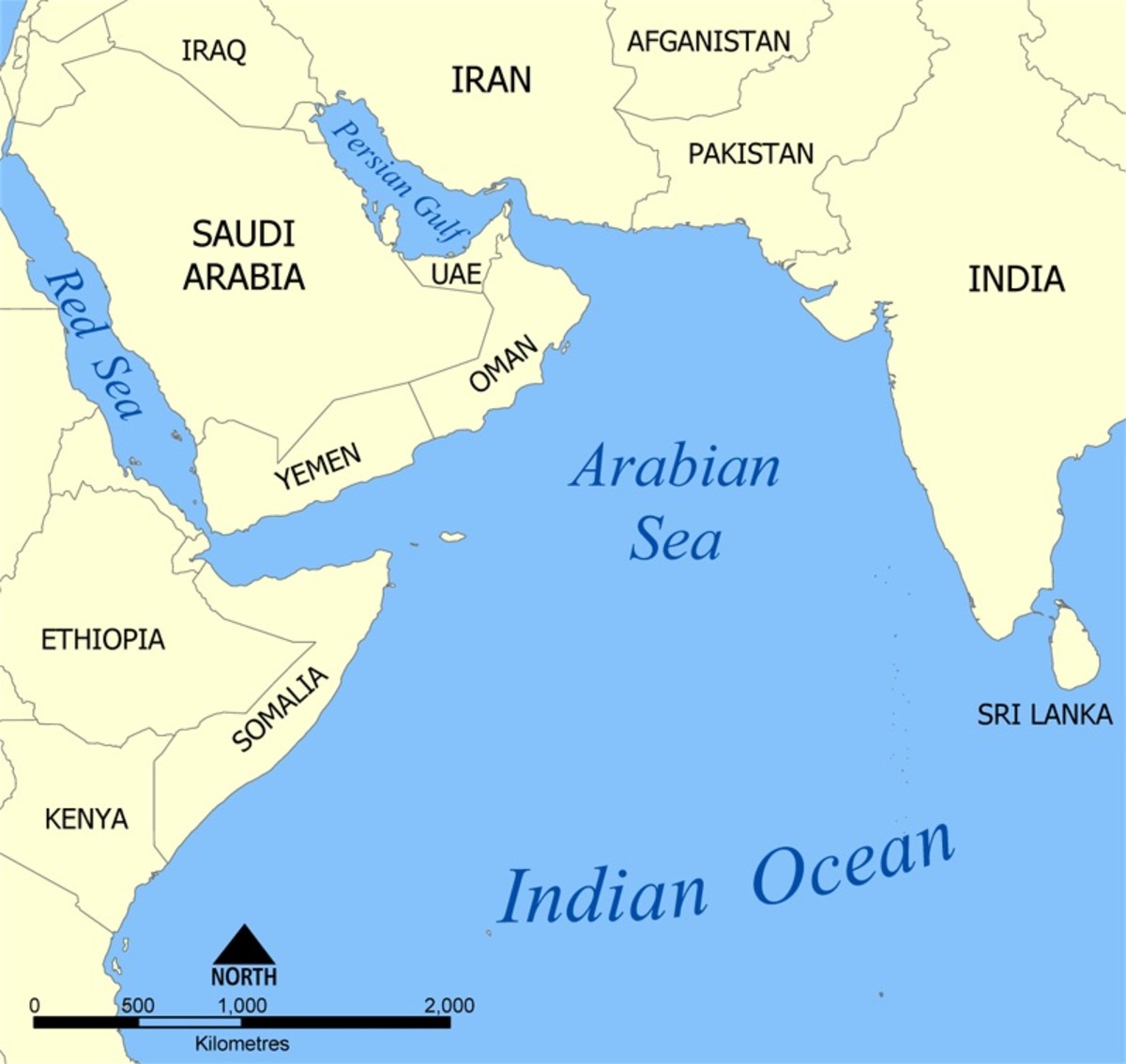
Socotra Island: Location of Unique Plants and Animals
Socotra Island is often likened to an alien planet because it has such a unique collection of plants and animals. It’s also referred to as a “lost world” because the inhabitants of many countries have never heard of the island and are unaware of its wonders.
Some very interesting plants and animals live on Socotra Island. Thirty-seven percent of its plant species occur nowhere else on Earth. In addition, the people living on the island have a distinct culture and language. Both the Soqotri language and Arabic are spoken on the island. UNESCO has designated the area as a MAB (Man and Biosphere) reserve.
The island is located in the part of the Indian Ocean known as the Arabian Sea. In the map above, the yellow speck off the tip of Somalia is Socotra Island. The island is nearer to Somalia than to Yemen, but it’s actually part of the Republic of Yemen.
Although there is political unrest in Yemen at the moment, Socotra Island attracts visitors. These include people who are interested in ecotourism as well as scientific researchers. The island has a commercial airport that connects it to the mainland.
The Socotra Archipelego

The Dragon Blood Tree
The dragon blood tree is also known as the dragon’s blood tree and the Socotra dragon tree. It’s an evergreen plant that is native to the islands of the Socotra archipelago.
The crown of the tree often looks like an umbrella that has been turned inside out. The fact that the branches are bare except at their tips adds to this illusion. The long and stiff leaves are born in bunches at the ends of the branches. Some trees have more rounded crowns than others and remind me of giant mushrooms instead of umbrellas.
The branches have a rippled appearance. They develop in a very regular pattern known as dichotomous branching. In this process, each branch produces two new branches arising from the same point. The process repeats to create the base of the tree’s crown.
Like the leaves, the flowers are borne at the tips of the branches. The flowers are small and greenish-white in colour. They are located in groups known as inflorescences. The fertlized flowers produce green berries that change to black as they ripen and then to orange when they are fully ripe.
Unusual Plants
Flowering plants are divided into two groups—the monocotyledons or monocots and the dicotyledons or dicots. Most trees that produce flowers are dicots. Dragon blood trees are monocots, however.
Dragon’s Blood
The resin from the dragon blood tree has been used by humans since ancient times. Today people use the resin as a (an):
- dye
- paint
- varnish for items such as furniture and violins
- cosmetic
- medicine for a wide variety of ailments
- incense
- ingredient in alchemy
It’s important to note that when the literature refers to “dragon’s blood” it may not be referring to the resin produced by Dracaena cinnabari. In the past it often did, though. Today the term may refer to the resin from the Socotra Island tree or the related Canary Island tree (Dracaena draco). It may also refer to the resin made by Daemonorops, Croton lechleri, or other plants. It may even refer to the red mineral cinnabar. Cinnabar consists of mercury sulphide and is often considered to be poisonous. Early explorers were reminded of cinnabar when they first saw the resin of the dragon blood tree.
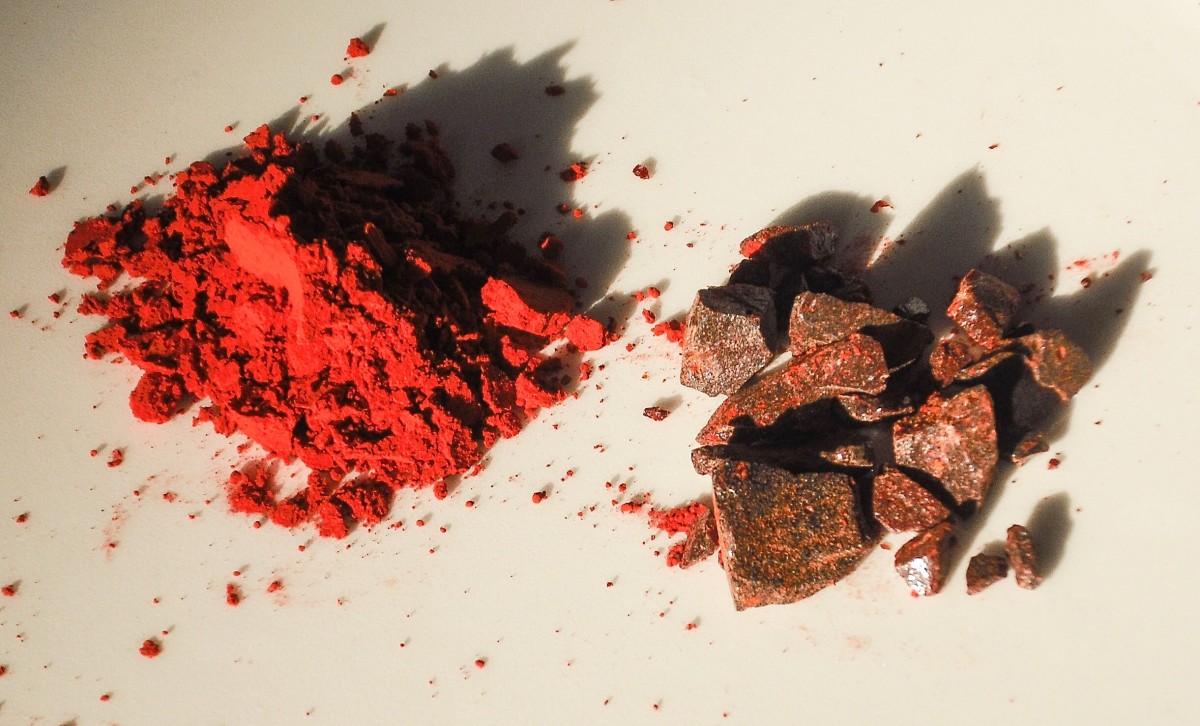
Medicinal Use of the Resin
The resin from the Socotra dragon tree may be safe in small quantities. It’s been used medicinally for a long time, apparently without harmful effects. I haven’t yet found any scientific evidence showing that it’s safe or that it’s effective for health problems, however. It has been discovered that the resin contains chemicals called flavonoids, which act as antioxidants. Researchers have also found that the resin can relax rat muscle. These factors may or may not be beneficial in humans.
There is one situation in which dragon’s blood is useful medicinally, but the “blood” comes from Croton lechleri, not Dracaena cinnabari. Crofelema is a medication made from Croton lechleri resin. It’s used to treat non-infectious diarrhea in AIDS patients who are on antiviral therapy. The medication is approved by the FDA (Food and Drug Administration) specifically for this purpose.
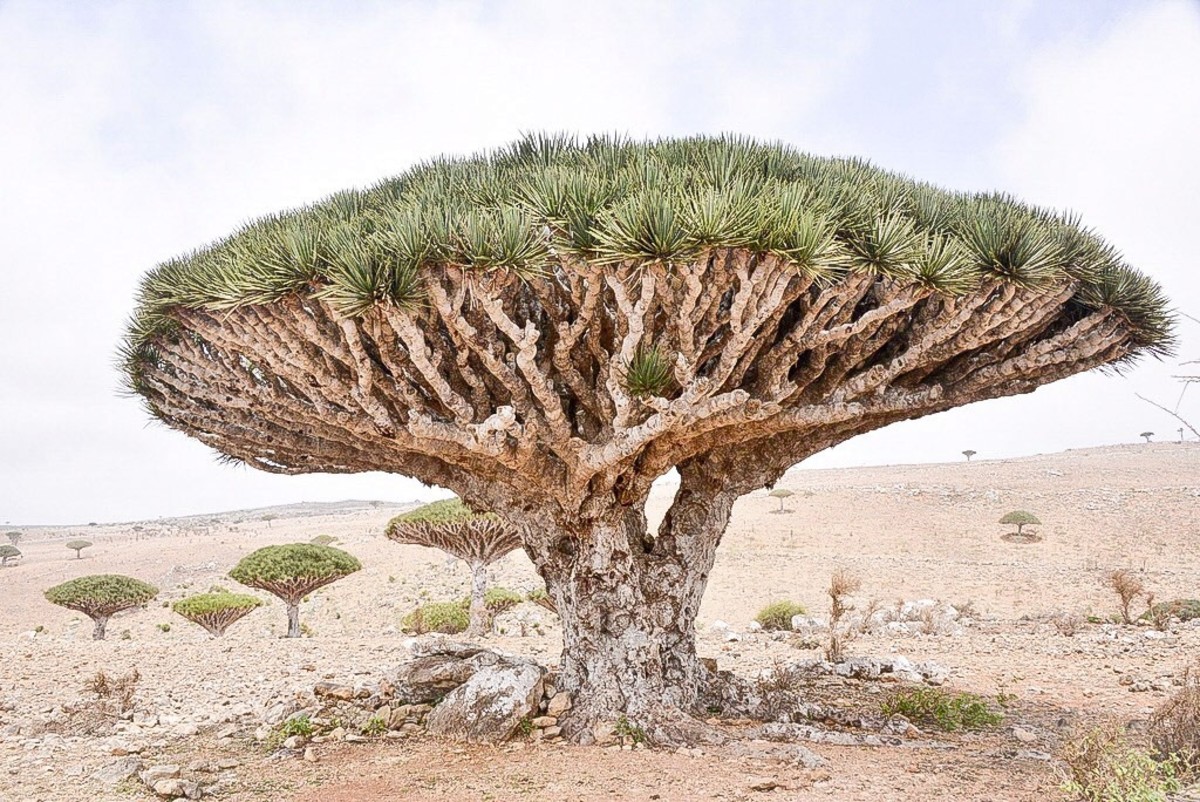
Safety Concerns
It’s important that consumers identify the source of any dragon’s blood that they buy. A big problem is that the resin comes from several different plants and therefore has a varying chemical composition. Certain resins may be more dangerous than others.
Some researchers have found that dragon’s blood from Dracaena cochinchinensis has an anticoagulant effect in rats, which means that it increases bleeding. Other researchers have found that dragon’s blood from Croton palanostigma damages genes in mouse cells. Both of these observations need to be confirmed and investigated further in additional experiments. They are worrying, though, because they suggest that although dragon’s blood from plants has no obvious toxicity, it may cause hidden harm.
Dragon’s blood resin is sometimes sold in stores, either in a pure form or mixed with other substances. Based on our current knowledge, it’s probably a good idea to avoid using the resin medicinally or cosmetically for now.
The Socotra Island Landscape
Population Status of the Dragon Blood Tree
The IUCN (International Union for Conservation of Nature) classifies the population status of dragon blood trees as “vulnerable”. Although there may be several factors putting the population at risk, the major one is believed to be climate change. Grazing by domestic goats, extraction of the resin and using the tree for firewood may play a smaller role in the tree’s problems. Other problems may be the increasing amount of development on the island, especially the creation of roads, as well as the increasing number of visitors.
Socotra Island has a generally dry climate but experiences periodic monsoons. The crown of the dragon blood tree channels rain and mist water to its roots very effectively. Unfortunately, the climate of Socotra Island is becoming drier and the monsoons less reliable.
For a long time, the people of Socotra Island have used the island’s resources sustainably. They are a poor population, however, which makes it very tempting to use the local trees for economic benefit. When combined with climate change, human activity may now be exerting a significant effect on the dragon blood tree population.
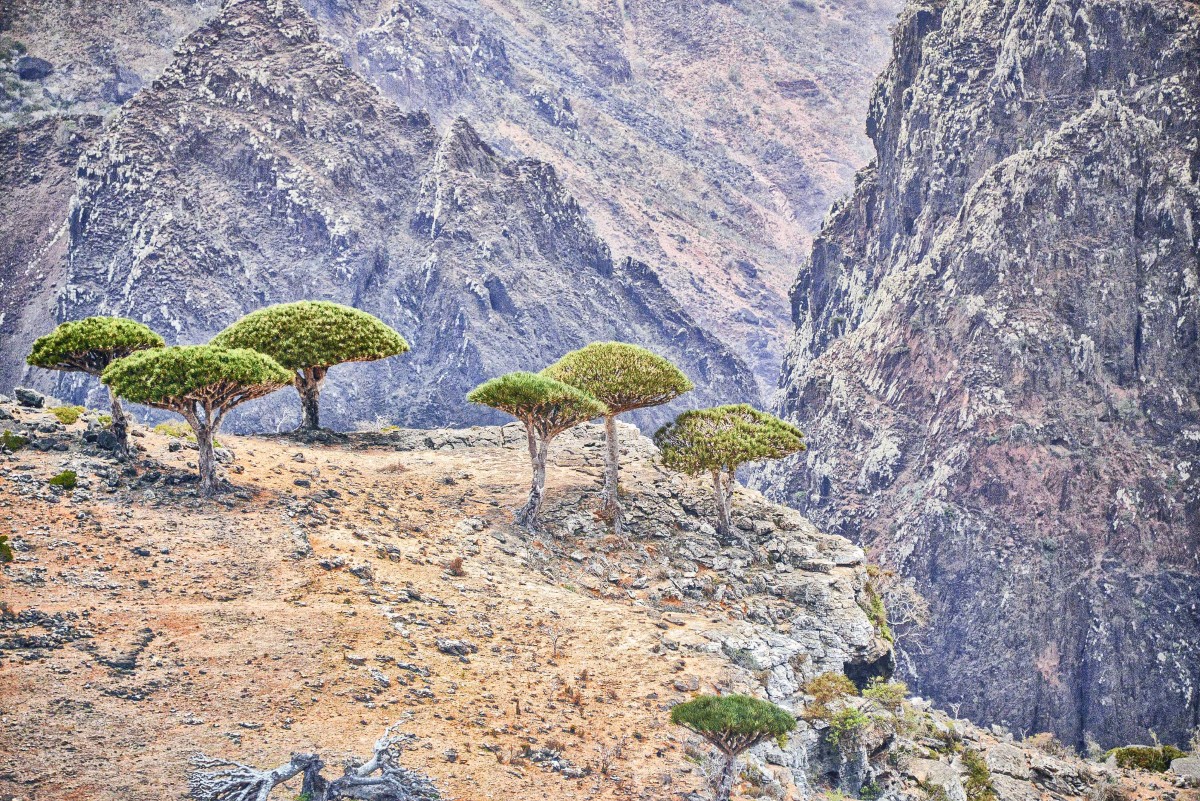
Conservation Efforts
It’s very worrying that most of the dragon blood trees on Socotra Island are mature. There seems to be little natural regeneration of the species. Researchers are trying to change this situation by growing seedlings in protected areas. They are also studying life on the island and suggesting methods of conservation.
Hopefully, the efforts to preserve the unique creatures on Socotra Island as well as its distinctive human culture will be successful. The plants and animals on the island are a wonderful contribution to biodiversity. This biodiversity is not only important for the sake of the planet but also for its potential medical benefits for humans.
